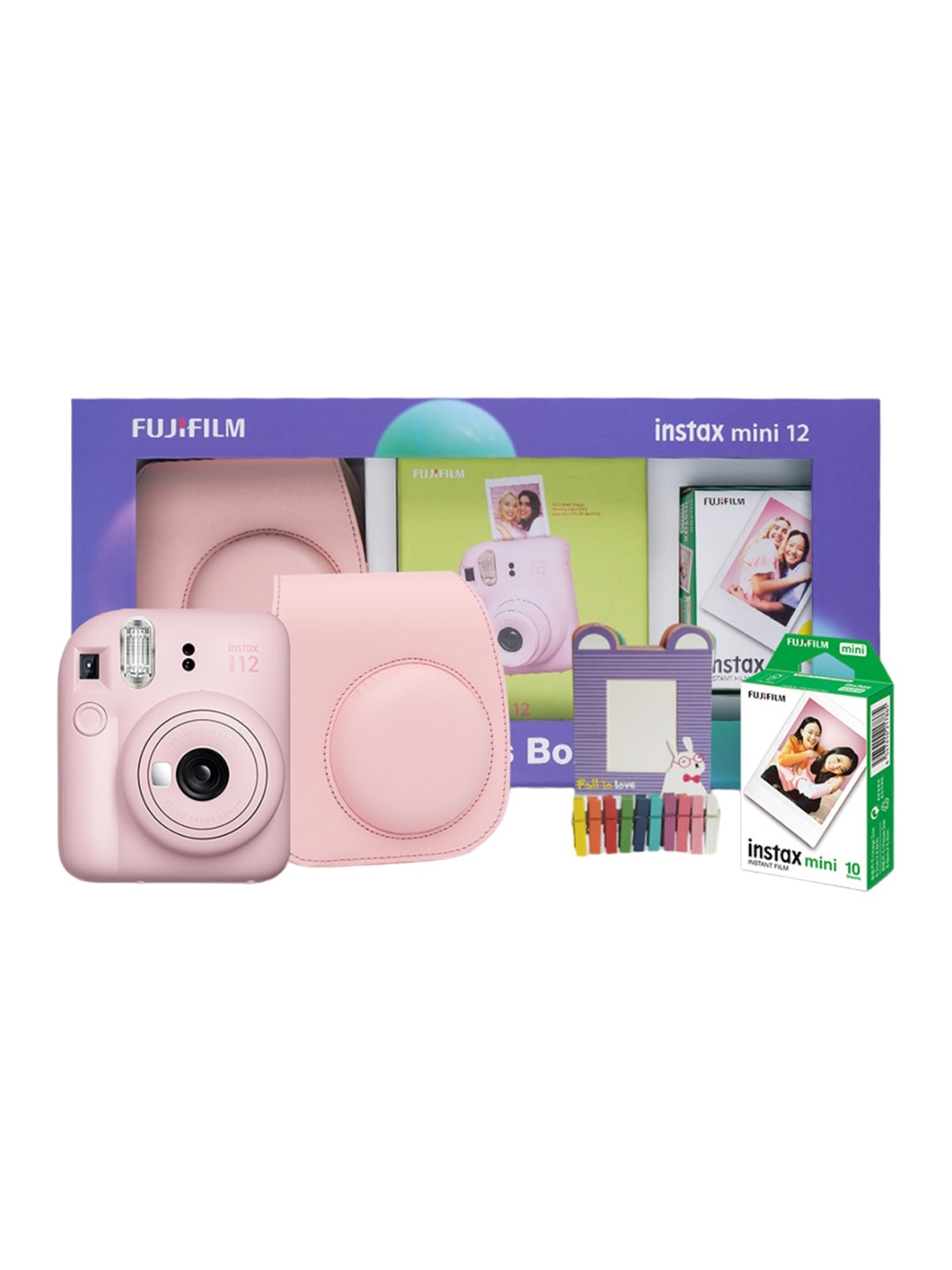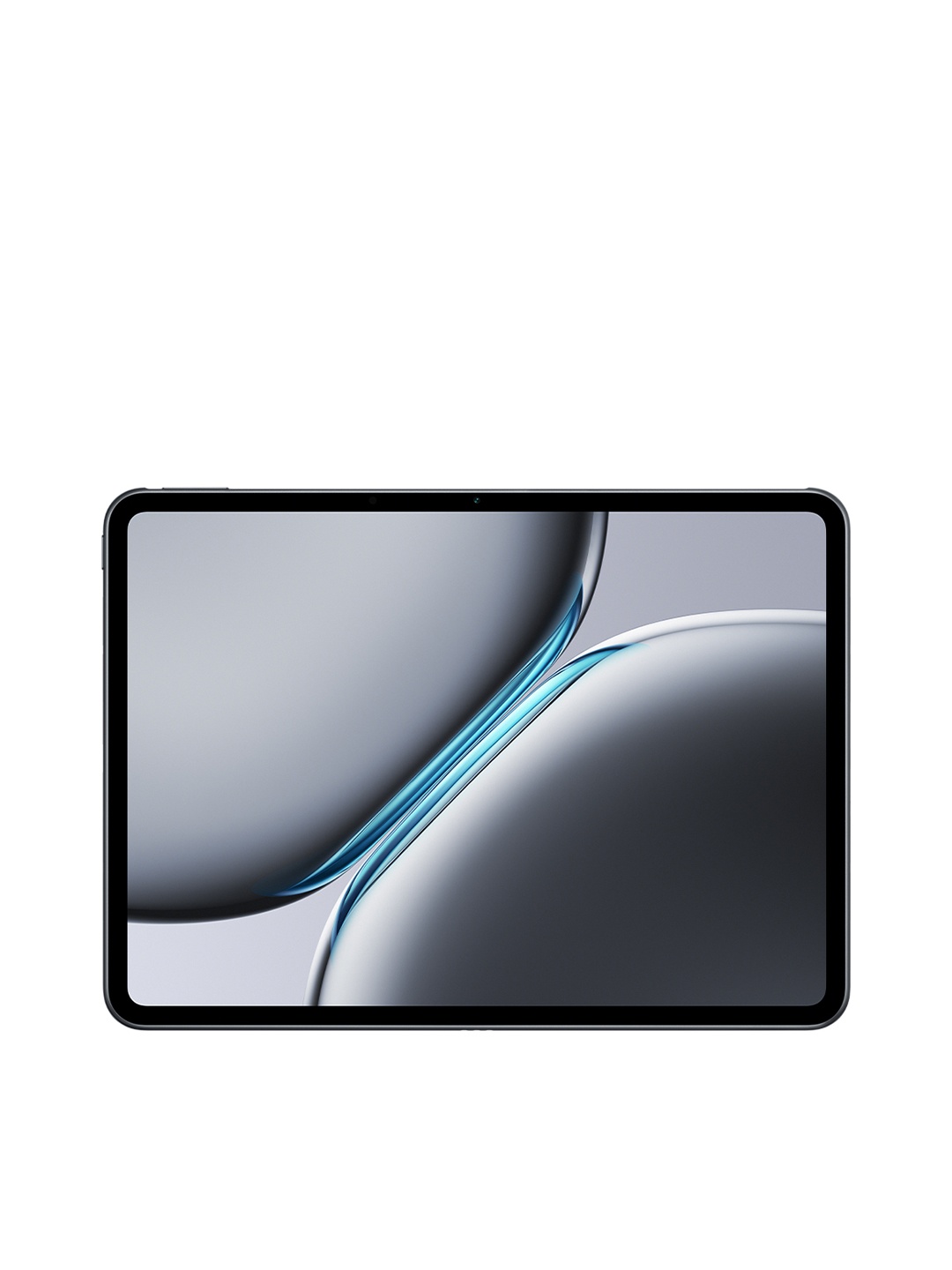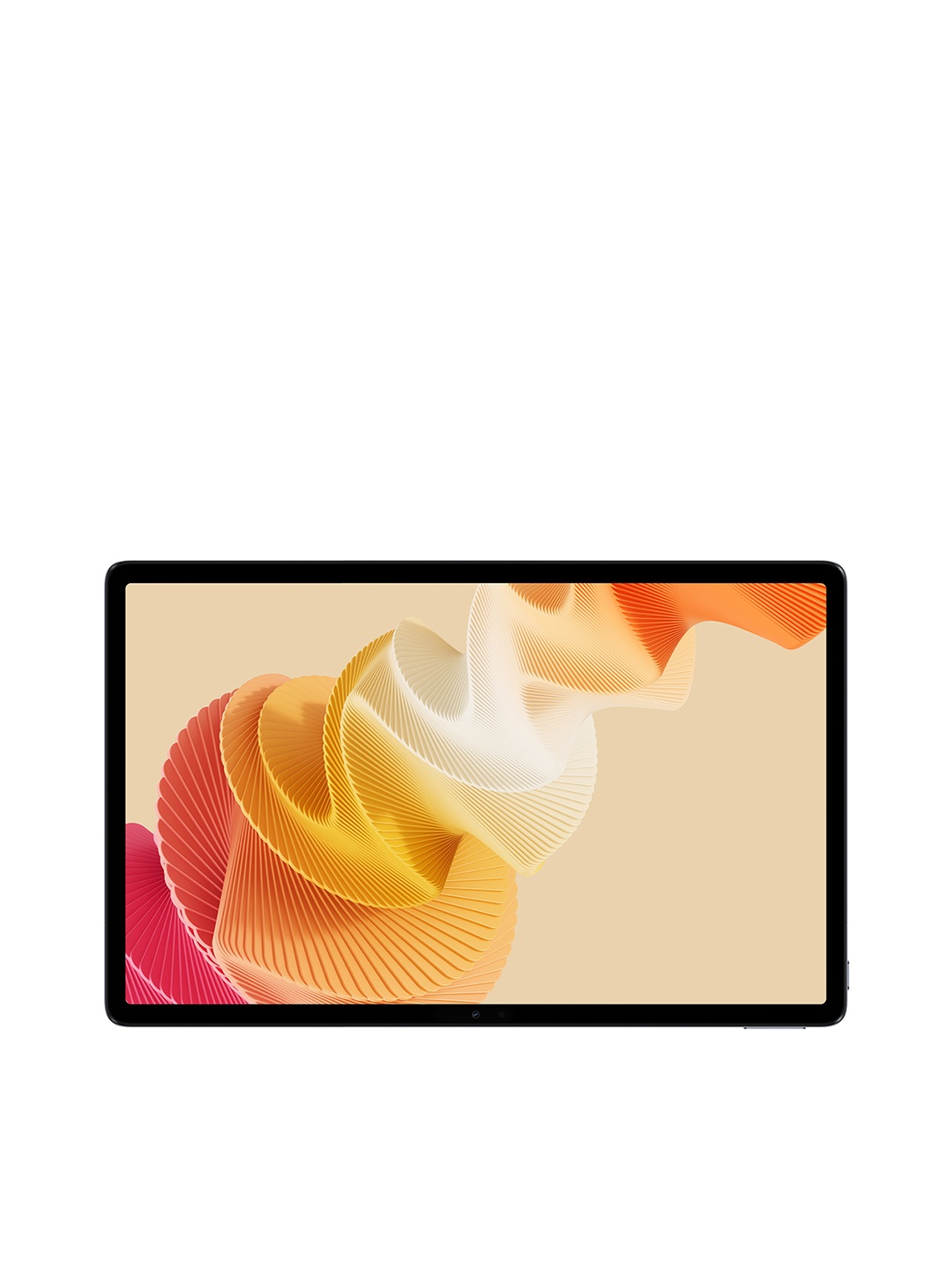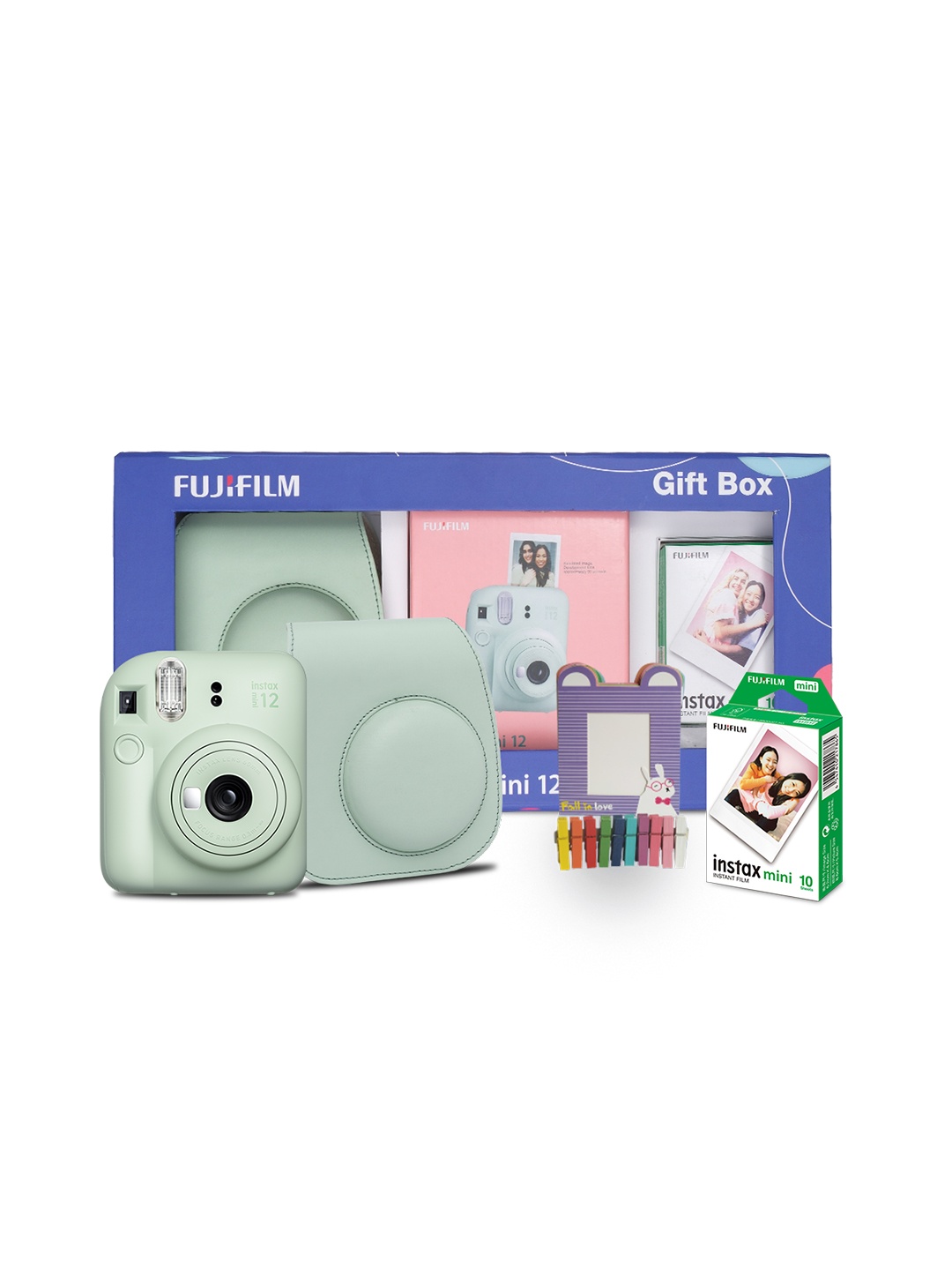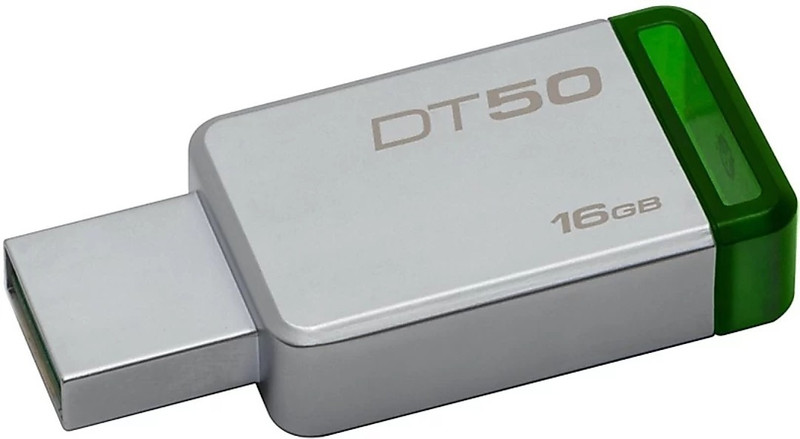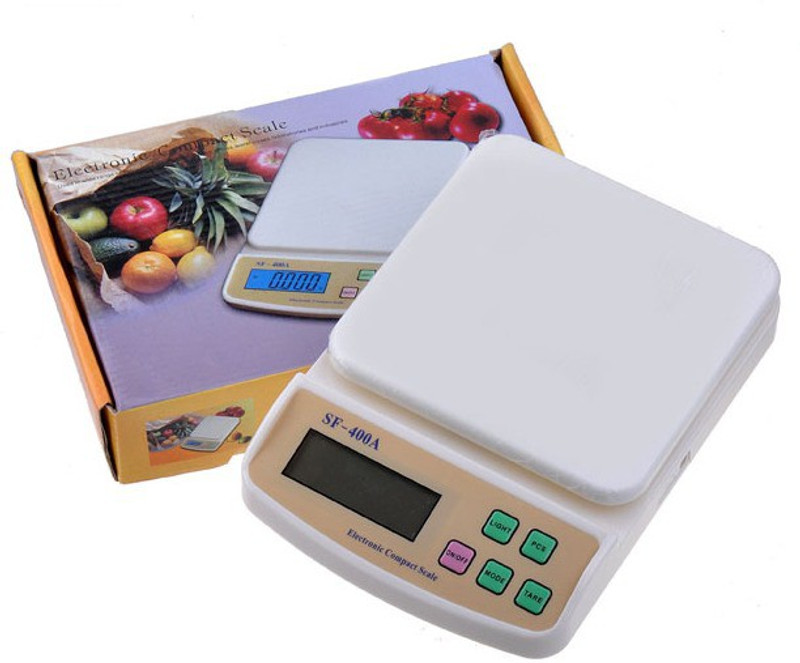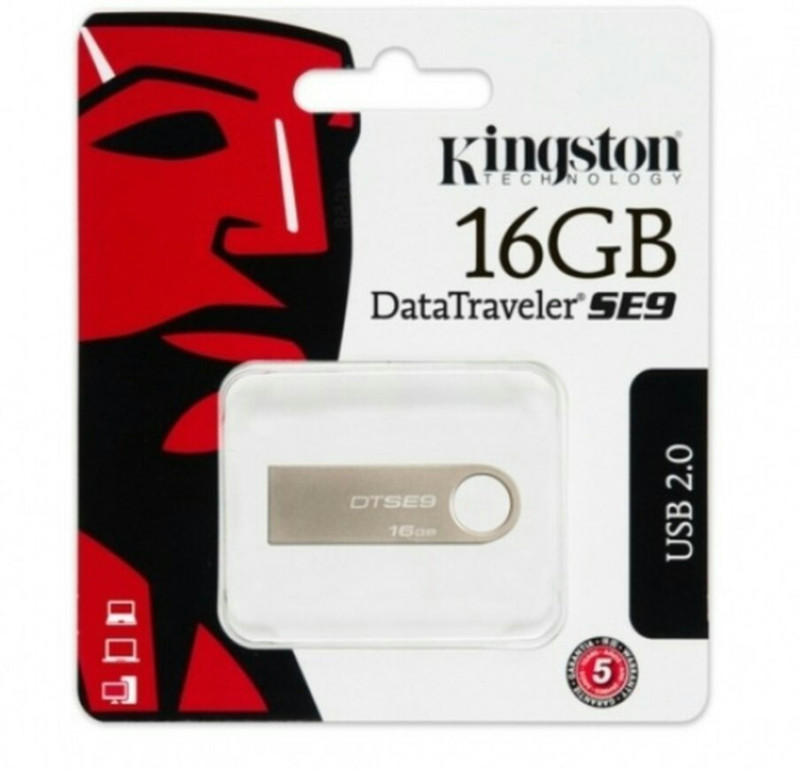Why Your Water Purifier Might Be Working Less Than You Think (And What To Do About It)

Water: the elixir of life, the soul of every cup of tea and the silent companion to every meal. We trust our water purifiers to safeguard our health, standing stoically in kitchens, filtering away unseen nasties. But what if that quiet guardian isn't quite pulling its weight? What if the water it dispenses, clear as it may seem, hides a murky truth?
The uncomfortable reality is that many water purifiers, despite their polished appearances and brand promises, don't always perform at their peak. Not due to design flaws, but because of how they're used, maintained, or misunderstood. The filters grow weary, minerals sneak through and users remain blissfully unaware.
Let's unravel what's really going on behind that humming machine and explore how to make sure your purifier is actually doing what you think it is: protecting your health.
Also Read: How Safe Is Your Drinking Water? 5 Signs You Need To Change Your Water Purifier Now
Why Your Water Purifier Might Be Working Less Than You Think (And What To Do About It); Photo Credit: Pexels
1. The Forgotten Filter Change
It's easy to overlook a filter change, especially when the water still looks crystal clear. But here's the kicker, clarity isn't always a sign of purity. Over time, filters become clogged with the very impurities they're designed to trap. It's like wearing the same air mask for months and expecting fresh oxygen.
A tired filter doesn't just stop working, it can actively harm. As it loses efficiency, it may allow contaminants to pass through, or worse, become a breeding ground for bacteria. That faint musty taste? It's often a red flag in disguise.
Each brand has its recommended replacement cycle, some filters need swapping every six months, others annually. But life gets busy, stickers peel off and maintenance dates slip through the cracks. Consider setting calendar reminders or using apps linked to smart purifiers that send timely alerts. Keeping that filter fresh might be the simplest way to ensure your water purifier stays loyal to its job.
2. Poor Installation Problems
You could have the Rolls-Royce of water purifiers, but if it's been installed like a flat-pack gone wrong, expect performance hiccups. Installation might seem like a one-time event, but its impact is long-lasting and often underestimated.
Improper angles, wrong pipe placements, or skipped pre-filters can drastically reduce a purifier's efficiency. A poorly installed purifier may suffer from inconsistent pressure, causing overworked filters or water that bypasses critical filtration stages.
There's also the issue of location. Fitting your purifier too close to heat sources or under cramped, damp kitchen sinks invites mould and reduces shelf life. Water needs a clean path, not a contorted journey through rusty pipes and dodgy fittings.
It pays to have a trained technician do the honours and to keep an eye on their work. A quick inspection and a few clarifying questions at the time of installation can save you many headaches down the line.
3. Relying On It As A Cure-All
Here's a common misconception: once you install a water purifier, your water problems are history. Not quite. Different purifiers tackle different challenges. Some focus on heavy metals, others on microbes or sediment. A single device can't solve every water woe.
If you live in an area with high Total Dissolved Solids (TDS), a basic UV filter might not be up to the task. On the flip side, an RO purifier in a soft-water area can strip beneficial minerals unnecessarily.
Understanding your local water quality is key. Municipal water may differ wildly from well water and what works for your neighbour might be completely ineffective for you. It's wise to get your water tested professionally before investing in a purifier. That way, you'll know exactly what needs filtering and what doesn't.
Think of a purifier as a tailored suit, not a one-size-fits-all T-shirt. It needs to be selected with precision and purpose.
Why Your Water Purifier Might Be Working Less Than You Think (And What To Do About It); Photo Credit: Pexels
4. Ignoring Pre-Filter Maintenance
Imagine scrubbing a kitchen floor without first sweeping it. That's what happens when you neglect the pre-filter, the humble but vital first line of defence in many water purifiers.
Pre-filters trap large sediments, rust and silt, protecting the main filters from early burnout. When left unchecked, these little heroes get choked up fast, forcing the purifier to work harder and reducing its overall lifespan.
The signs are subtle: a slower flow rate, a faintly muddy taste, or frequent filter changes that shouldn't be needed yet. All point to a pre-filter that's quietly crying for help.
Most pre-filters are inexpensive and easy to replace or clean. Make it a monthly ritual, perhaps synced with other household chores. A quick check and rinse could make a world of difference to the purifier's performance and your water's purity.
5. Neglecting Regular Servicing
Life moves fast and service appointments often tumble down the priority list. But here's the truth: your purifier is a machine and like any machine, it needs regular love to stay in shape.
Beyond filter changes, servicing covers deeper issues, checking for leaks, testing electrical parts and recalibrating the purification process. Some parts wear out silently, causing inefficiencies that aren't visible to the naked eye.
Many brands offer annual maintenance packages, yet few households use them. A missed service can lead to long-term damage or surprise breakdowns, usually at the worst possible moment (read: peak summer thirst).
It's not just about the technical side. A good technician can spot early signs of trouble and recommend upgrades if your usage or water quality changes. In essence, servicing is like a wellness check-up, preventive, cost-effective and smart.
6. Not Monitoring Water Taste Or Smell
Trust your senses, they're smarter than you think. A slight change in taste, a new odour, or an unusual texture could be the water trying to tell you something's off.
Purified water should be neutral, tasteless, odourless and smooth. If it starts tasting metallic, salty, or just plain odd, don't dismiss it as ‘just you'. It could signal filter fatigue, internal contamination, or even microbial growth in the storage tank.
Regularly cleaning the purifier's storage tank is crucial, especially if it's not used daily. Stagnant water can turn into a bacterial party and the purifier can't clean water that's already gone bad in the tank.
Be alert to small changes and respond quickly. A quick call to the service team, a tank clean-up, or a filter check might be all that's needed to restore things to normal.
Why Your Water Purifier Might Be Working Less Than You Think (And What To Do About It); Photo Credit: Pexels
7. Overlooking Mineral Balance
There's a fine line between purifying water and robbing it of life. Reverse osmosis (RO) purifiers, while effective, can sometimes overdo their job, stripping water of essential minerals like calcium and magnesium.
The result? Water that's technically clean but nutritionally hollow. It may even taste flat or dry, like something's missing, because something is.
Some modern purifiers now come with mineral retainers or ‘re-mineralisation' stages. If yours doesn't and you use RO purification in a low-TDS area, you might be getting less from your water than expected.
Check your water's TDS post-purification. Ideal drinking water lies between 50–150 ppm. Anything lower might need a rethink. Don't let the quest for purity turn into a case of overzealous filtration.
8. Assuming It's a ‘Set It and Forget It' Device
A water purifier isn't a crockpot. You can't install it once and expect it to quietly run for years without attention. And yet, that's how many households treat it, out of sight, out of mind.
But water quality can change with seasons, urban development, or even plumbing repairs in your area. That shiny purifier on the wall? It needs to adapt, or at least be checked to ensure it still matches the challenge.
Stay engaged with your water. Keep an eye on usage patterns, if your family size grows or shifts, the purifier's capacity might no longer be adequate. Explore smart purifiers with app tracking, or keep a simple journal of filter changes, tastes and any issues.
Treat your purifier like a living part of the home, one that needs care, curiosity and occasional upgrades to keep performing at its best.
Products Related To This Article
1. LIVPURE LIV-PEP-PRO-STAR-BLACK 7 L RO + UV + UF + Minerals Water Purifier
2. Aqua Fresh Smoke Audi 18 ltr drink pure India 1st BIS
3. NATIVE By Urban Company M1 Copper
4. Aquaguard Delight NXT 6 L RO + MC Water Purifier
5. Aqua Fresh MINERAL POT BLUE 16 L Gravity Based Water Purifier
6. Always Dellpure Zinc Copper 9 Stage Purification Water purifier With LED INDICATOR 12 L RO + UV
7. Aquagrand SkyLand 18 Ltr Water Purifier 18 L RO + UV + UF + TDS Water Purifier
8. Kinsco Aqua Punch Pro With ISI Mark RO+UV+UF+TDS Adjuster 18 L RO + UV + CU Guard + Alkaline Enhancer + Mineral Water Purifier
In the modern kitchen, a water purifier is as essential as the kettle or the fridge. But it's not a passive appliance, it's a frontline defender, working tirelessly to keep your water safe. The catch? It can only do its job if you let it. Ignoring maintenance, overlooking warning signs, or choosing the wrong model can turn that trusted appliance into a liability. But with regular check-ins, a bit of learning and a touch of attention, you can ensure your purifier serves you well for years to come. So next time you pour a glass, take a moment. Think about what's going on behind that sleek panel. Your health and your taste buds will thank you for it. Shop now on Flipkart.
Disclaimer: The images used in this article are for illustration purpose only. They may not be an exact representation of the products, categories and brands listed in this article.












